The capital city has reported remarkable social and economic growth and is listed among the top 10 most dynamic cities in the world in JLL’s (Jones Lang LaSalle Incorporated) City Momentum Index (CMI) 2017.
After the city’s boundaries were adjusted in August 2008, Hanoi now has a total area of 334,470 ha and a population of over 6.23 million.
The city has five satellite urban centers: Hoa Lac (to the west), Soc Son (to the north), Phu Xuyen (to the south), Xuan Mai (40 km southwest of Hanoi), and Son Tay (50km northwest of Hanoi).
After the master plan on reconstruction of the capital city was approved in 2011, Hanoi has seen the fast development of modern new urban centers inside the city, including Van Quan, My Dinh, Mo Lao and An Khanh to the west; Viet Hung and Vinhome Riverside to the east; Linh Dam and Gamuda to the south; Ciputra to the north; and Royal City and Times City on Beltway 3.
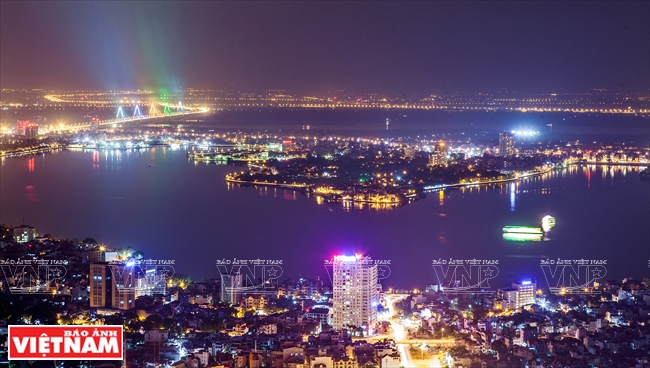
West Lake and its neighborhood at night. Photo: Cong Dat / VNP
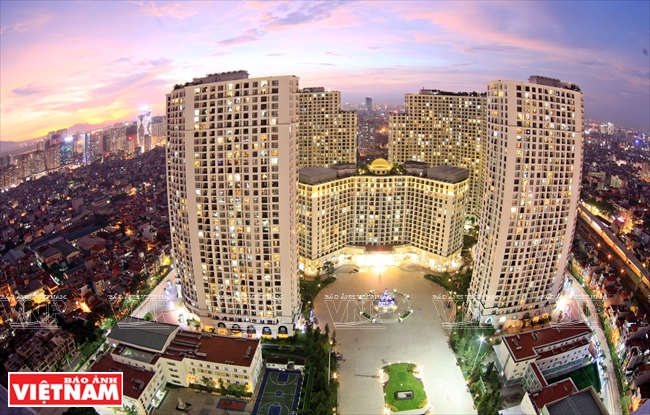
Royal City looks like a miniature Europe in Hanoi. Photo: Cong Dat / VNP
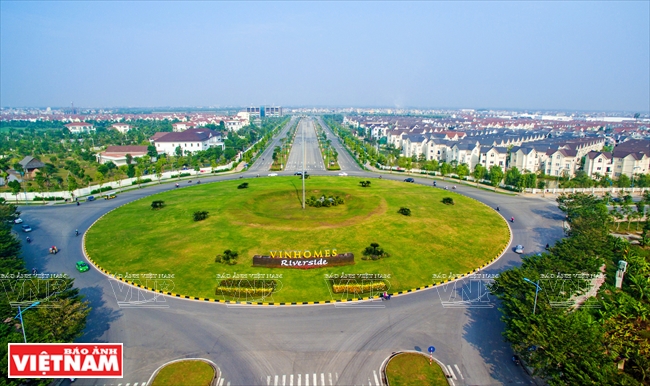
Vinhomes Riverside, one of the most modern urban centers in Hanoi. Photo: Files
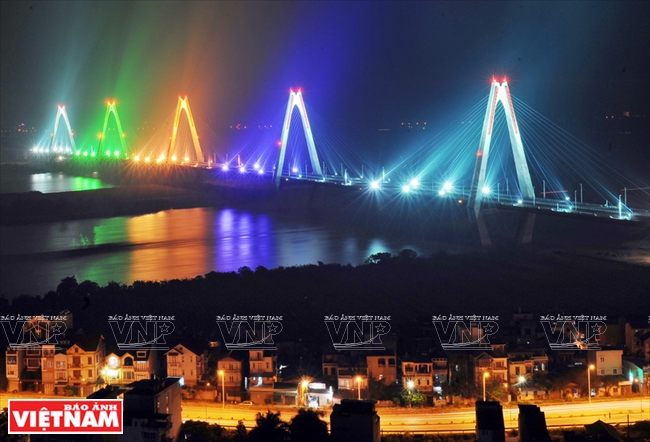
Nhat Tan bridge, built at a cost of over 13.6 trillion dong,
is one of seven bridges spanning the Red River in Hanoi. Photo: Cong Dat / VNP
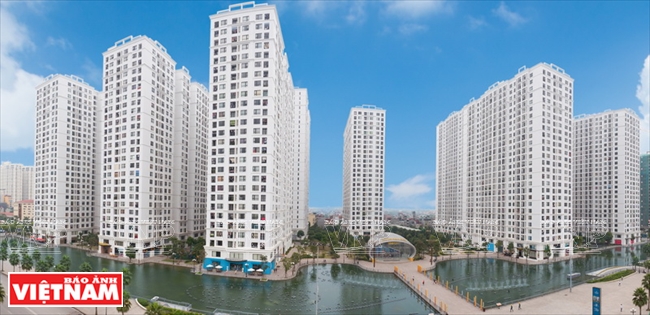
Vinhomes Times City is the first complex urban center in the north. Photo: Vingroup’s files
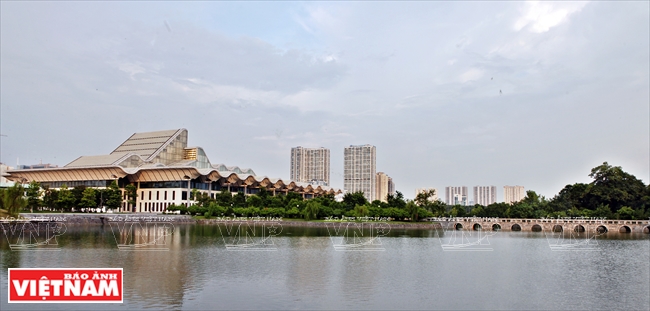
The National Convention Center on Pham Hung street
is the largest multifunctional complex in Hanoi. Photo: Cong Dat / VNP
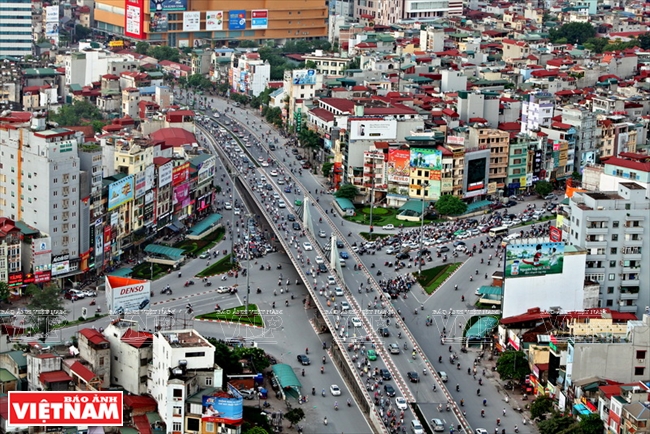
Nga Tu So overpass helps reduce traffic congestion from Lang road to Truong Trinh road. Photo: Cong Dat / VNP |
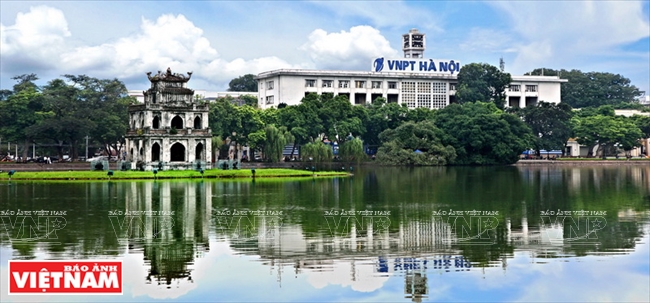
Hoan Kiem Lake in the center of the city is a major tourist attraction. Photo: Cong Dat / VNP
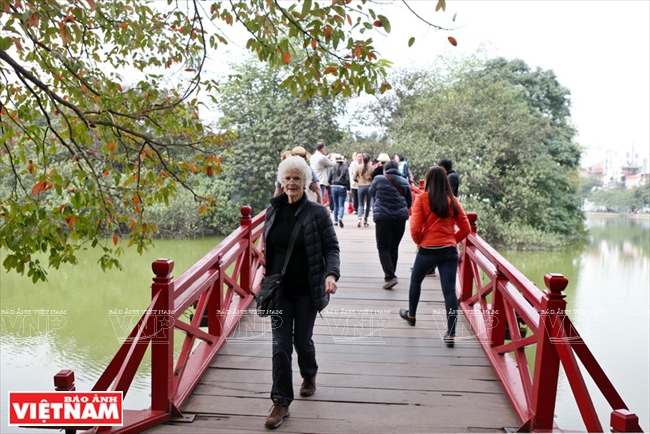
The Huc bridge on Hoan Kiem Lake is a cultural symbol of Hanoi. Photo: Cong Dat / VNP
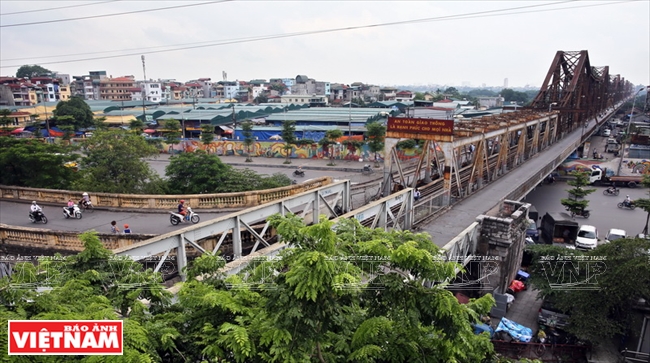
When construction finished in 1902, Long Bien bridge was
the world’s second largest bridge after the Brooklyn bridge in the US. Photo: Cong Dat / VNP
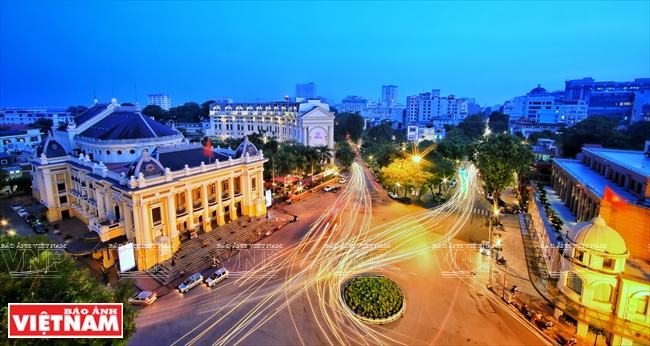
Hanoi Opera House, the architectural work that shows the city’s historical period of cultural exchange.
Photo: Cong Dat / VNP
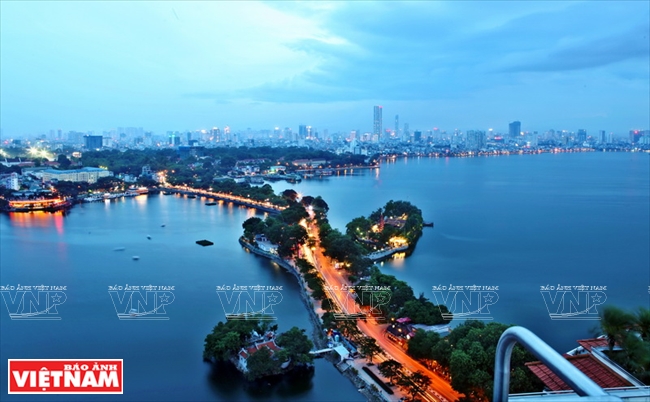
Thanh Nien (Youth) is regarded as the most romantic road in Hanoi. Photo: Cong Dat / VNP
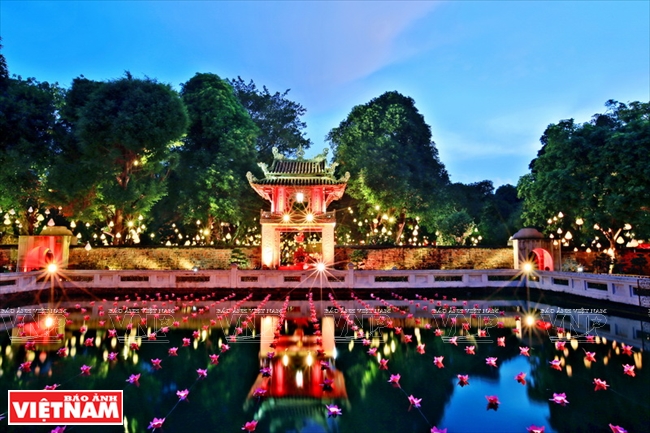
As the first university in Vietnam, the Temple of Literature is a well-known historical site
which contains the quintessence of intellectual and cultural values of Vietnam. Photo: Cong Dat / VNP
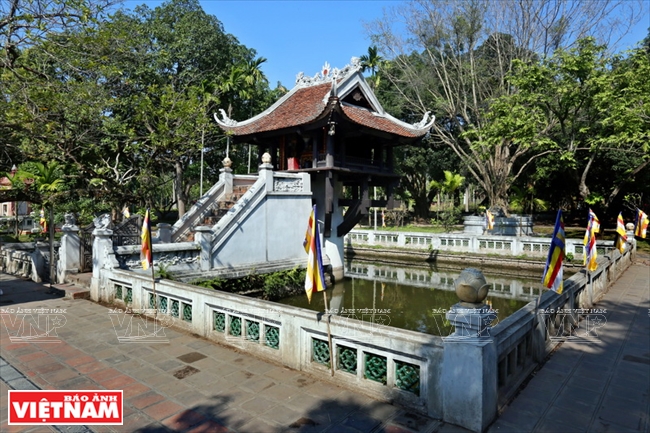
One Pillar pagoda is an ancient historical and cultural relic and a symbol of thousand-year-old Hanoi.
Photo: Cong Dat / VNP

The Imperial Citadel of Thang Long with its gigantic architectural structure
is one of the most important relics in Vietnam. Photo: Cong Dat / VNP
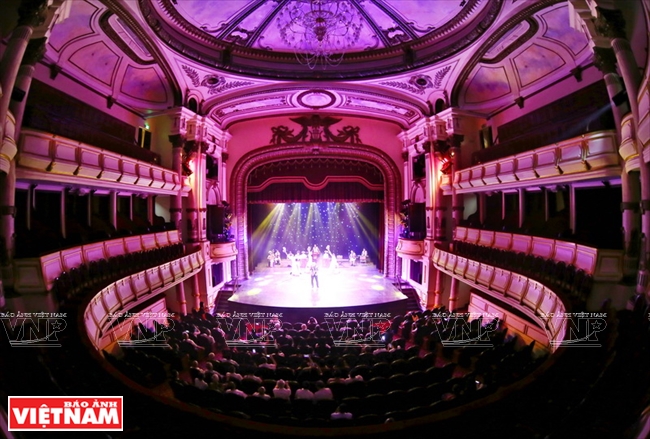
A traditional musical performance at Hanoi Opera House. Photo: Cong Dat / VNP
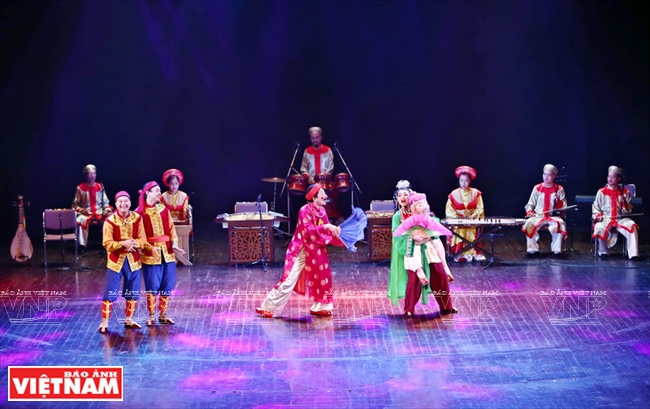
A Tuong (classical opera) performance at Hanoi Opera House. Photo: Cong Dat / VNP
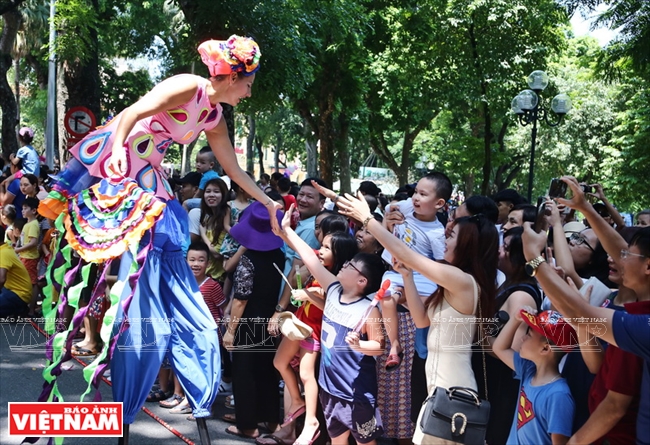
A street carnival around Hoan Kiem Lake attended by 86 foreign artists. Photo: Cong Dat / VNP
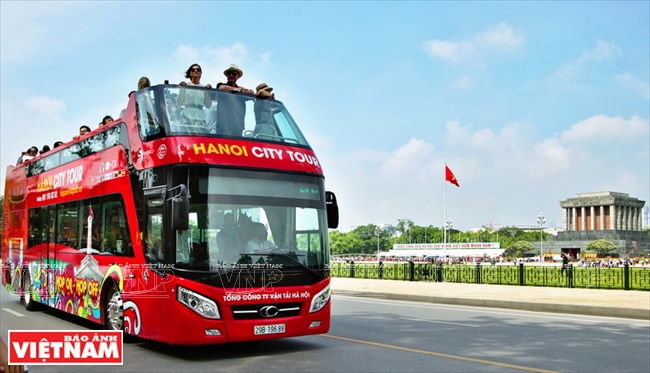
Hanoi’s double-decker bus city tour attracts a lot of foreign visitors. Photo: Cong Dat / VNP |
The expansion of its boundaries has helped increase tourism resources for Hanoi, which is now among the world’s top ten cities registering the highest tourist growth. The city has increasingly become an attractive tourist destination with arrivals almost quadruple what they were in 2008 at 1.3 million to 4.95 million in 2017. Foreign arrivals accounted for nearly 40% of the total tourists coming to Hanoi.
The city boasts beautiful scenery and numerous historical and cultural sites, such as the Imperial Citadel of Thang Long, Ba Dinh Square, the Ho Chi Minh Mausoleum, the Ho Chi Minh Museum, the Temple of Literature, the old quarter, Hoan Kiem Lake and West Lake.
It is leading the country in the number of urban heritages with nearly 6,000 relics and almost 1,800 intangible heritages from international, national to provincial levels. It is also home to 1,350 craft villages (59% of the nation’s total) which have become favorite tourist destinations with their unique cultural traits.
Hanoi has formed six tourist zones: the city center, Son Tay-Ba Vi, Huong Son-Quan Son, Soc Mountain-Dong Quan Lake, Van Tri-Co Loa and Ha Dong, which offer diverse products of cultural tourism, eco-tourism, resort tourism, agricultural tourism and MICE (Meetings, incentives, conferences and exhibitions).
Visitors to Hanoi can choose a tour to visit Co Loa historical site in Dong Anh and enjoy a water puppet show; or go on tours to famous craft villages such as Van Phuc silk village in Ha Dong and Bat Trang pottery village in Gia Lam.
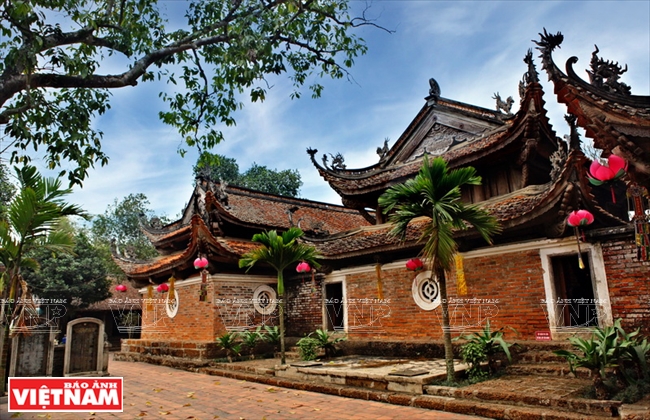
Tay Phuong Pagoda in Thach That district, about 40km west of Hanoi, is a special national relic.
Photo: Cong Dat / VNP
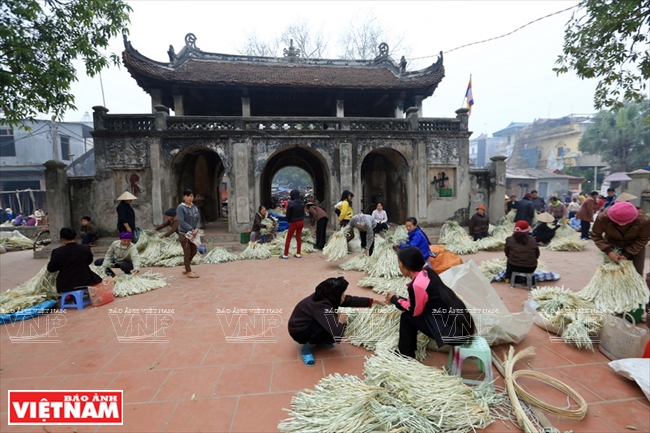
Hundreds-of-years-old Chuong village in Thanh Oai district is well-known
for its conical hats at home and abroad. Photo: Cong Dat / VNP
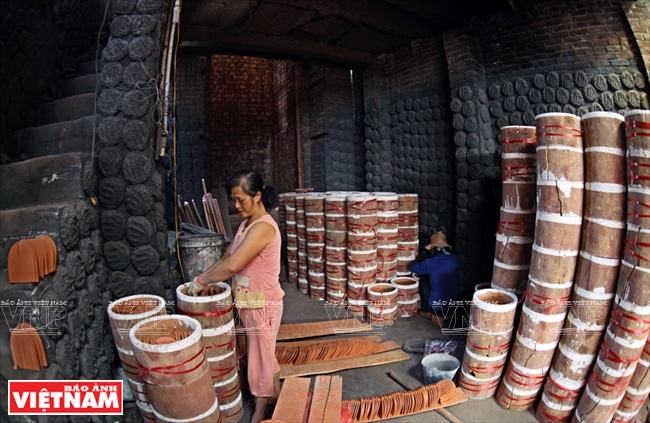
Around 30km southeast of Hanoi, Kim Lan pottery village in Gia Lam district,
which was formed in the 9th century, is an important crat village in the northern delta. Photo: Cong Dat / VNP
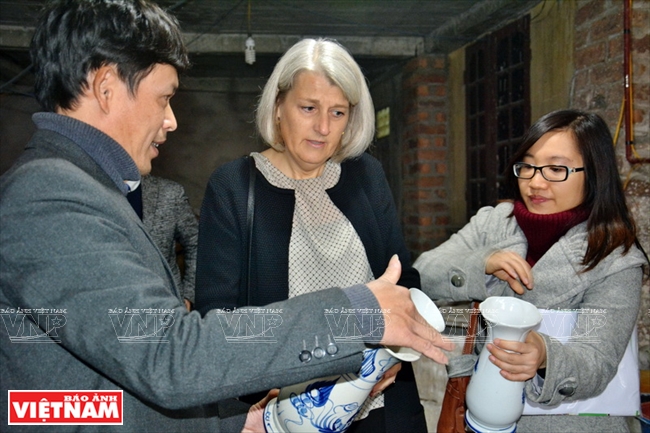
Kim Lan pottery village is a favorite destination of foreigners. Photo: Cong Dat / VNP
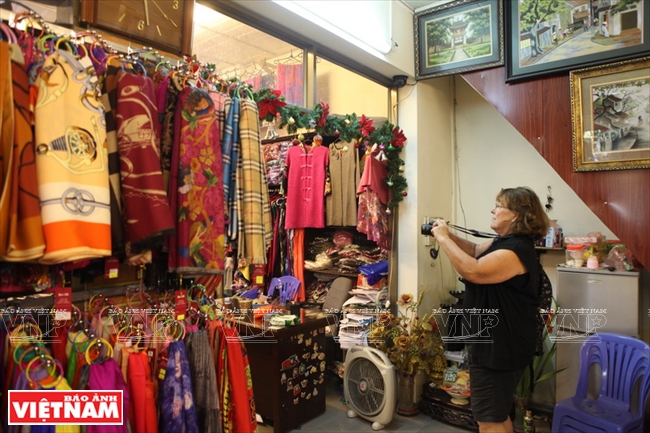
On the banks of the Nhue river in Ha Dong, Van Phuc silk village is one of the oldest craft villages in Vietnam.
In the photo: A shop in Van Phuc village. Photo: Cong Dat / VNP |